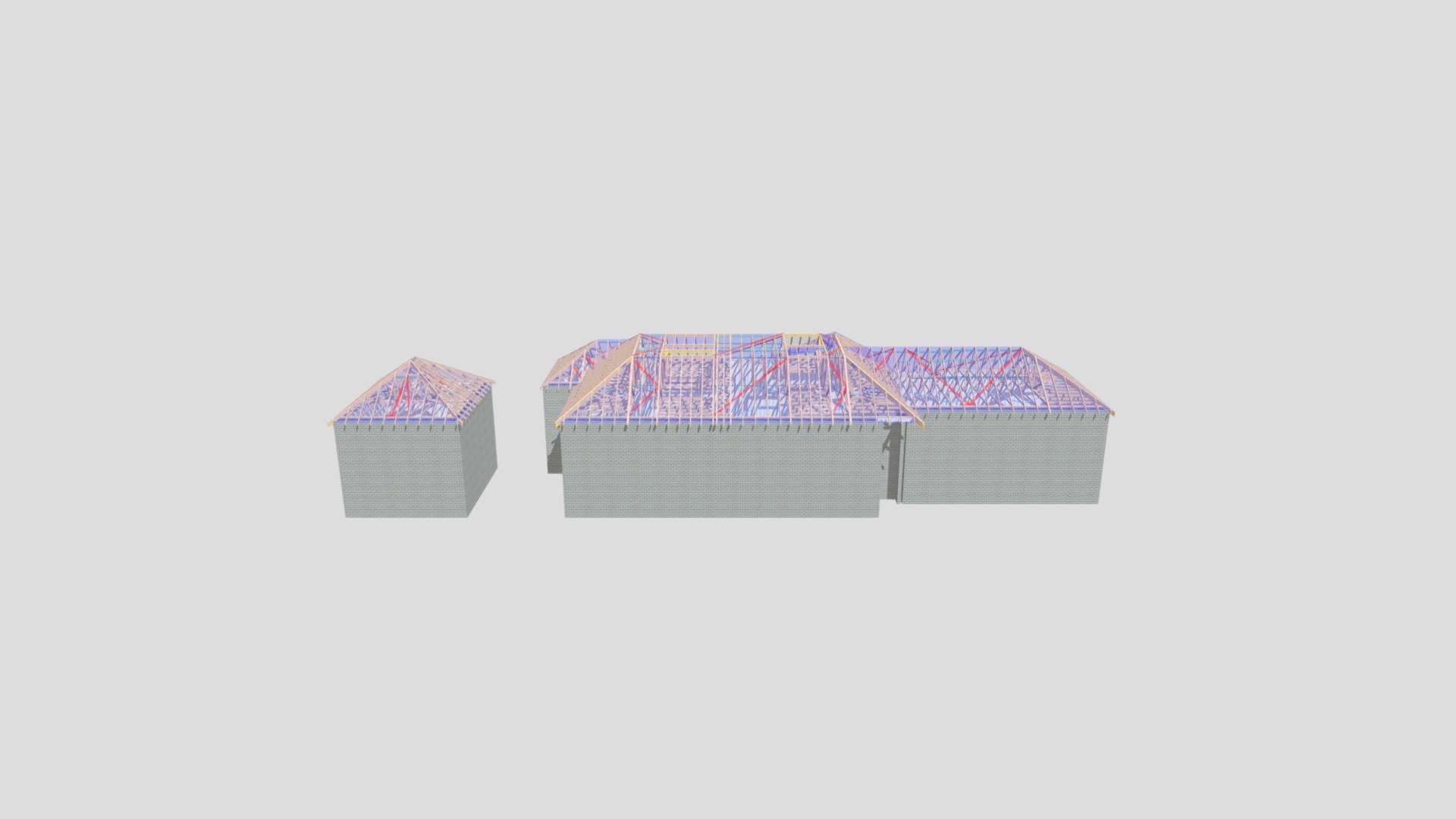
J05341A
sketchfab
The initial concept is a foundational component that sets the tone for the entire project. It's the spark that ignites the creative process, and it deserves careful consideration to ensure it aligns with the client's vision. A well-crafted initial design not only captures the essence of the brand but also lays the groundwork for future developments. Effective Initial Design The key to a successful initial design lies in its ability to convey the message and evoke an emotional response from the target audience. It must be visually appealing, yet simple enough to be easily recognizable. A striking combination of colors, typography, and imagery can make all the difference in grabbing the viewer's attention. A well-designed logo is often the first point of contact between a brand and its customers. It should be memorable, yet versatile enough to adapt to various platforms and mediums. The initial design must also take into account the brand's values, mission, and unique selling proposition (USP). By incorporating these elements, the designer can create a cohesive visual identity that resonates with the target audience. Initial Design Challenges While creating an initial design may seem like a straightforward process, there are several challenges that designers often face. One of the most significant hurdles is striking a balance between creativity and functionality. The design must be aesthetically pleasing while also conveying the necessary information. Another challenge is ensuring consistency across various platforms, from business cards to billboards. To overcome these challenges, designers must possess a deep understanding of the brand's needs and goals. They must also stay up-to-date with the latest design trends and technologies. By combining creativity with technical expertise, designers can create an initial design that sets the stage for a successful branding strategy. Effective Initial Design Process The initial design process typically begins with research and analysis. This involves gathering insights about the target audience, market trends, and competitor brands. With this information in hand, the designer can start brainstorming ideas and creating concept sketches. The next step is to refine the design through iterative revisions, taking into account feedback from stakeholders and focus groups. Throughout the process, it's essential to maintain open communication with the client to ensure that their vision is being met. By working collaboratively, designers can create an initial design that not only meets but exceeds the client's expectations. Initial Design Best Practices When creating an initial design, there are several best practices to keep in mind. One of the most important is to keep it simple and intuitive. Avoid cluttering the design with too much information or complicated graphics. Instead, focus on clean lines, bold typography, and strategic use of color. Another key consideration is to ensure consistency across all branding elements, from the logo to the website. This will help create a cohesive visual identity that reinforces the brand's message and values. By following these best practices and staying true to the client's vision, designers can create an initial design that sets the stage for a successful branding strategy.
With this file you will be able to print J05341A with your 3D printer. Click on the button and save the file on your computer to work, edit or customize your design. You can also find more 3D designs for printers on J05341A.
